Sparkling macro numbers such as GDP growth of over 3% for two consecutive quarters or unemployment rate at 4.4% easily mislead people into thinking of a rosy picture.
However, US Treasury Secretary Scott Bessent, in a rare admission in early November, had to exclaim: " I think we're still okay, but there are industries that are really in recession territory."
This assessment is a warning about the "reverse currents" flowing rapidly under the surface, threatening to drag down growth momentum if not properly recognized.

The economy now appears stable with GDP growth of over 3% in the last two quarters (Photo: The Financial Express).
"Cracks" in the economic wall
Contrary to the optimistic view based on aggregate indicators, a "microscopic" look at each cell of the economy shows the damage. Seven key sectors are sending out alarming signals, showing that the risk of recession is no longer a far-fetched story.
First is the housing market. Although interest rates are expected to fall, high inventories are forcing construction companies to tighten their belts. They focus on selling old houses instead of starting new projects. The decline in construction permits is the clearest indicator that the demand for human resources in this industry will "freeze" in the near future.
Second is commercial real estate. Except for a localized boom in AI data centers, investment in commercial buildings has been falling for six straight quarters. As design drawings remain on paper, the prospect of bustling construction sites next year is far from certain.
Third, and most worrying, is the restaurant industry—a barometer of consumer purchasing power. Large chains like Chipotle and Sweetgreen are seeing sales stagnate, especially among younger customers (25-34). As profit margins shrink due to rising ingredient prices, restaurants are facing overstaffing. Layoffs are inevitable.
Finally, the public sector. While the federal government is still hiring, at the state and local level, the exhaustion of Covid relief packages is forcing governments to cut payrolls. This is a quiet but persistent pressure.
The weakness extends beyond the major industries. Freight transport, the lifeblood of the economy, is being severely congested. Ships from Asia to the US are down 30%, and rail transport is down 6%. With fewer goods moving, the need for transport workers will inevitably decline.
In addition, low crude oil and timber prices make mining and forestry activities less efficient.
Even the higher education sector has not escaped the spiral as enrollments decline and research budgets are cut.
Why are these signs dangerous? Experts warn of the “non-linear” nature of recessions. In the labor market, unemployment does not rise steadily by 0.1% each month. When it reaches a breaking point, it explodes: one month it rises by 0.2%, the next month it can jump by 0.5%.
A negative spiral is forming: People lose their jobs => cut spending => business revenue decreases => lay off more workers.
This cycle once started is very difficult to reverse.
The $11 billion shock and the "soft landing" problem
The economic picture was further complicated by the record-long 43-day US government shutdown, which Treasury Secretary Scott Bessent said had caused an estimated $11 billion in permanent damage to the economy.
Despite acknowledging that some interest-rate-sensitive sectors such as housing have fallen into recession and that the fourth quarter could be "troubled" with growth reaching only 1.5-2%, White House officials remain extremely optimistic about the medium term.
National Economic Council Director Kevin Hassett predicts 2026 will be an “absolute boom” year, fueled by expectations that lower interest rates and new tax cuts (including overtime, tips, and auto loan deductions) will boost real incomes and offset rising living costs.
The government is also trying to control inflation (currently running at 3%) by focusing on lowering energy and service costs, rather than worrying about the impact of tariffs. Recent moves to lower import tariffs on foods such as bananas and coffee are also concrete efforts to ease people's "wallet pain".
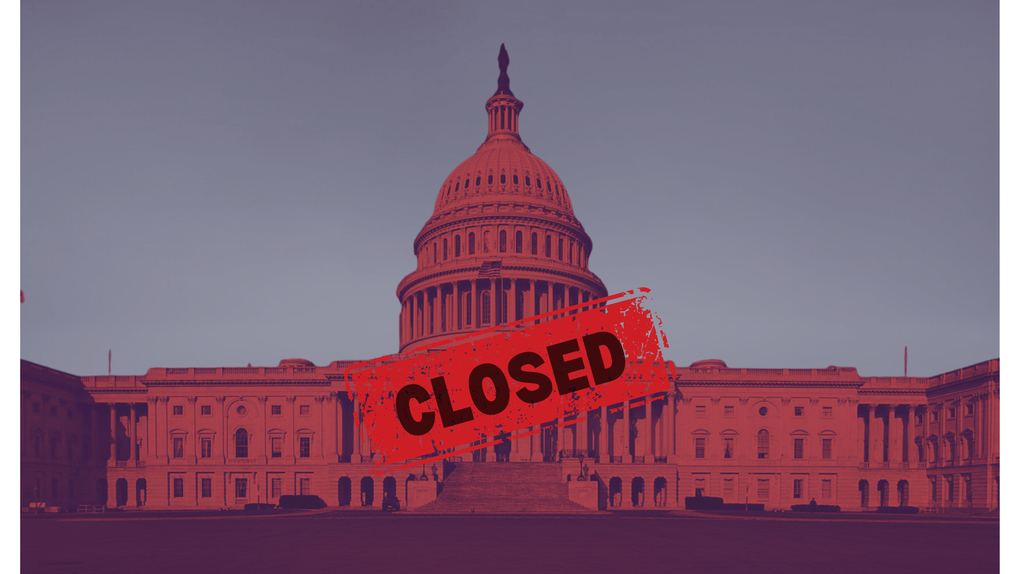
The 43-day government shutdown caused about $11 billion in permanent damage to the US economy (Photo: The Echo).
The current US economy is like a stereoscopic picture with two opposing colors. On one side is the optimism from macro policy, the expectation of low interest rates and tax stimulus packages in 2026. On the other side is the harsh reality of manufacturing and service industries struggling with falling demand and high costs.
Although Minister Bessent affirmed that "there is no risk of a recession across the economy", with warning signals from the "lowlands" of the market and the recent loss of 11 billion USD, consumers and investors still need to keep a cool head.
Instead of resting on the laurels of GDP numbers, it is important to keep a close eye on the health of the labor market and consumer spending. Because history has shown that the biggest storms often strike when the skies appear clearest.
Source: https://dantri.com.vn/kinh-doanh/7-dau-hieu-dang-chu-y-cua-nen-kinh-te-my-20251124103105544.htm












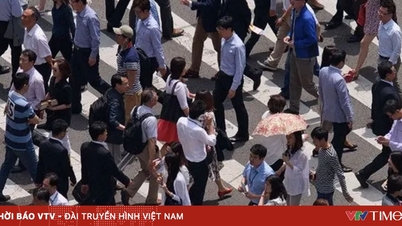

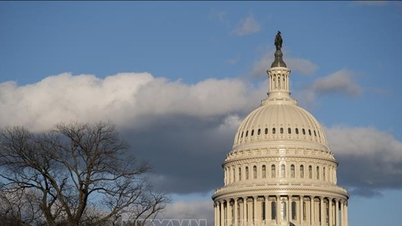







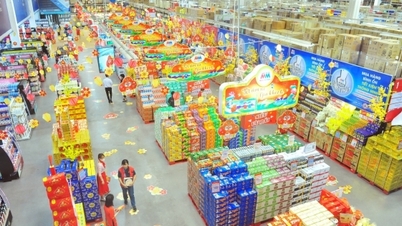






























































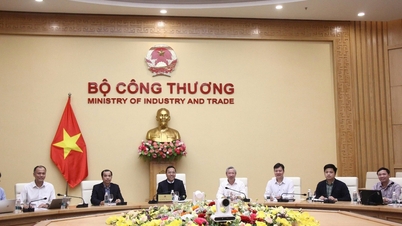






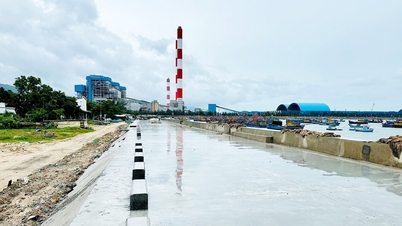
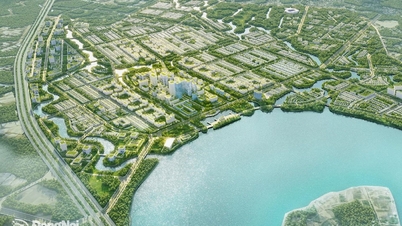














Comment (0)